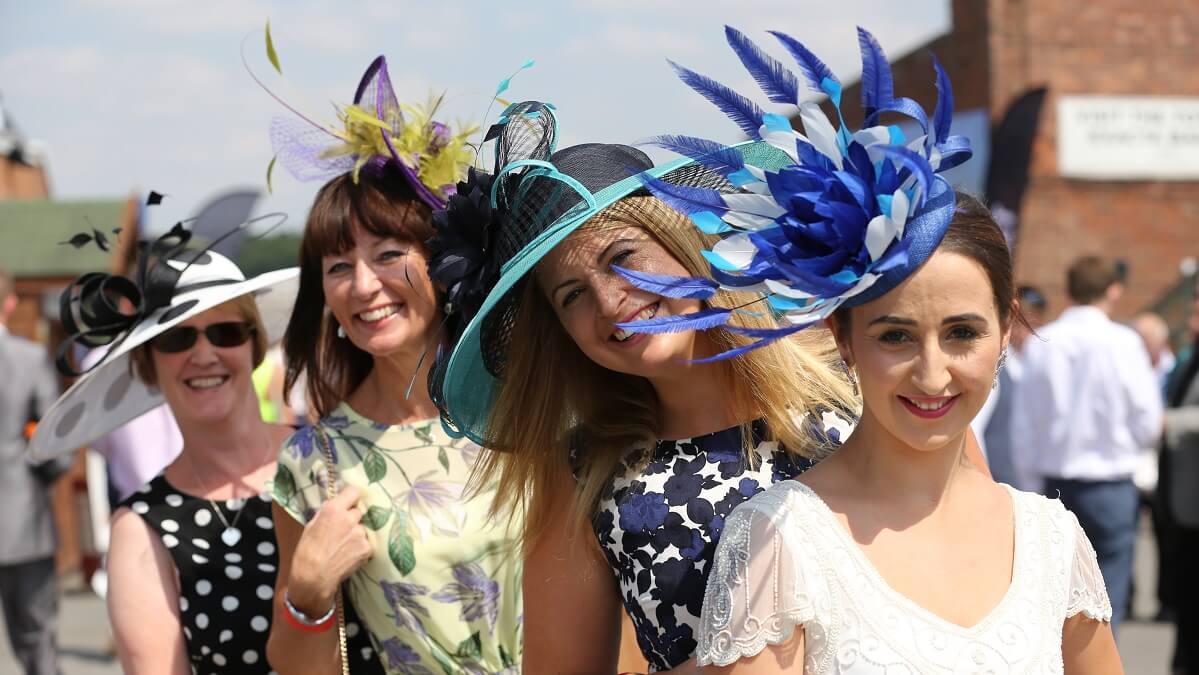Hats have been part of our lives for thousands of years and are both functional and fashionable.
Over the past 100 years, hats have changed quite a bit, from the pork pie hat to the modern fascinators seen at the Melbourne Cup.
1910 – straw boater
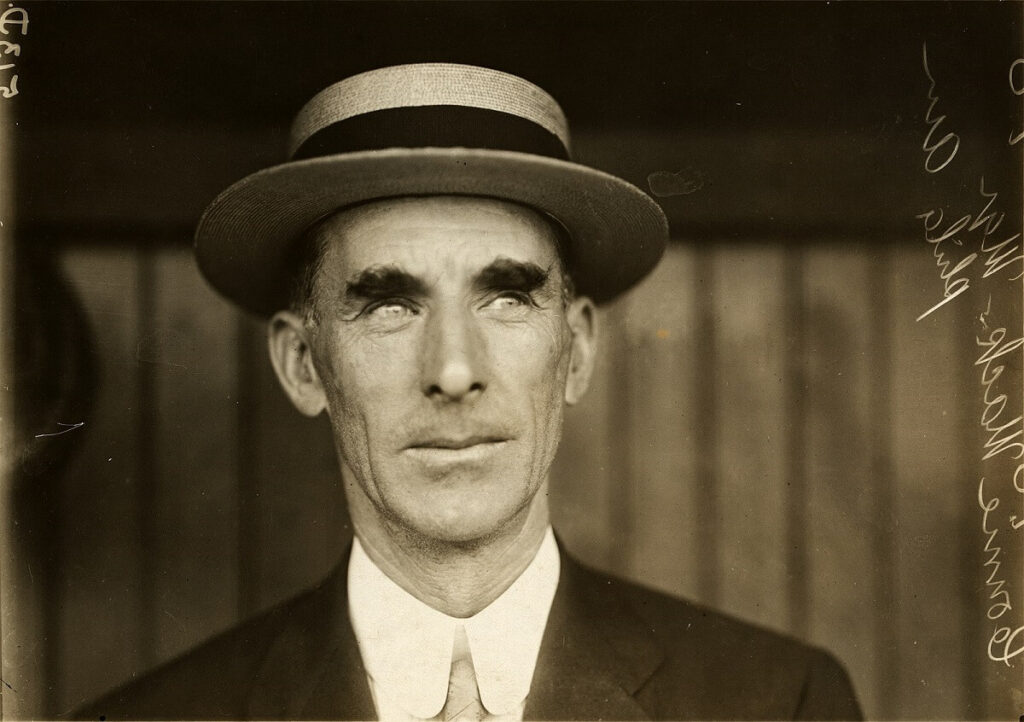
The straw boater is a semi-formal summer hat for men, which was popularised in the late 19th century and early 20th century.
Reportedly, they were worn by FBI agents as unofficial uniforms in the prewar years.
Schools began requiring students to wear boater hats as part of their uniform in the late 19th century. By World War I, these hats were everywhere.
They later became popular with barbershop quartets and vaudeville performers, as seen in Chitty Chitty Bang Bang, which is set in this era.
1920 – cloche hat
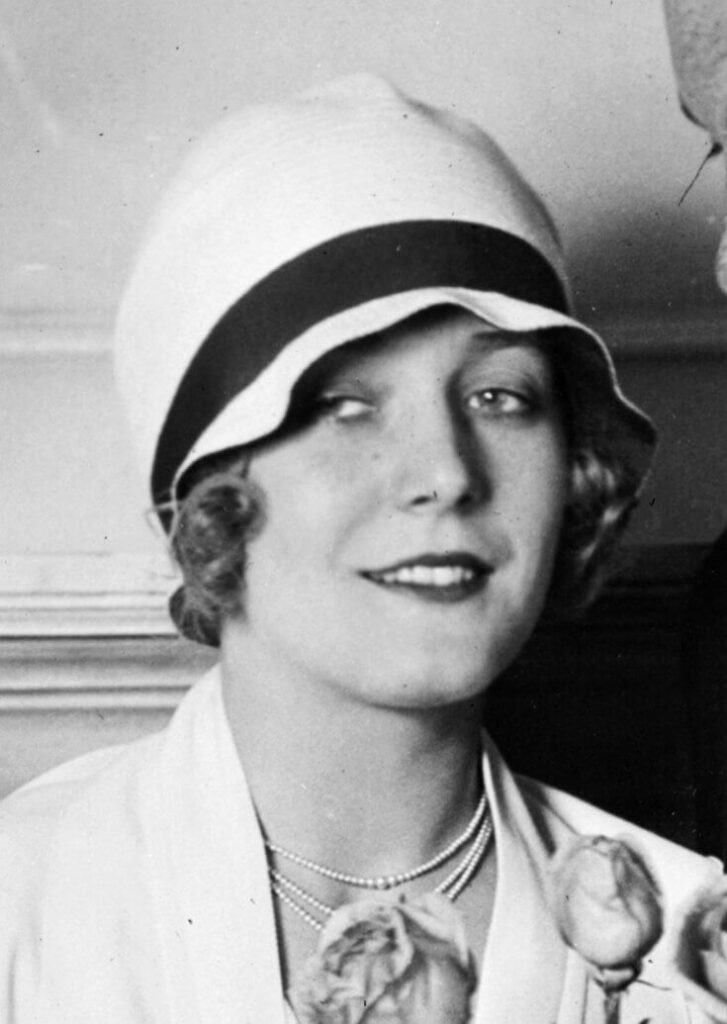
The 1920s was known for flappers and the cloche hat is one of the most important parts of that look.
It is a fitted, bell-shaped hat for women invented in 1908 by milliner Caroline Reboux. They were especially popular from about 1922 to 1933. The name is derived from cloche, the French word for ‘bell’.
Read: Iconic hairstyles from the 1940s, ’50s and ’60s
1930 – pork pie hat
A pork pie hat is one of several styles that have been popular since the mid-19th century. It features a flat crown resembling a traditional pork pie.
Silent film actor Buster Keaton converted fedoras into straw boater-like felt pork pies by stiffening their brims with a dried sugar-water solution. This kind of pork pie had a very flat top and similar short flat brim.
1940 – cartwheel hat
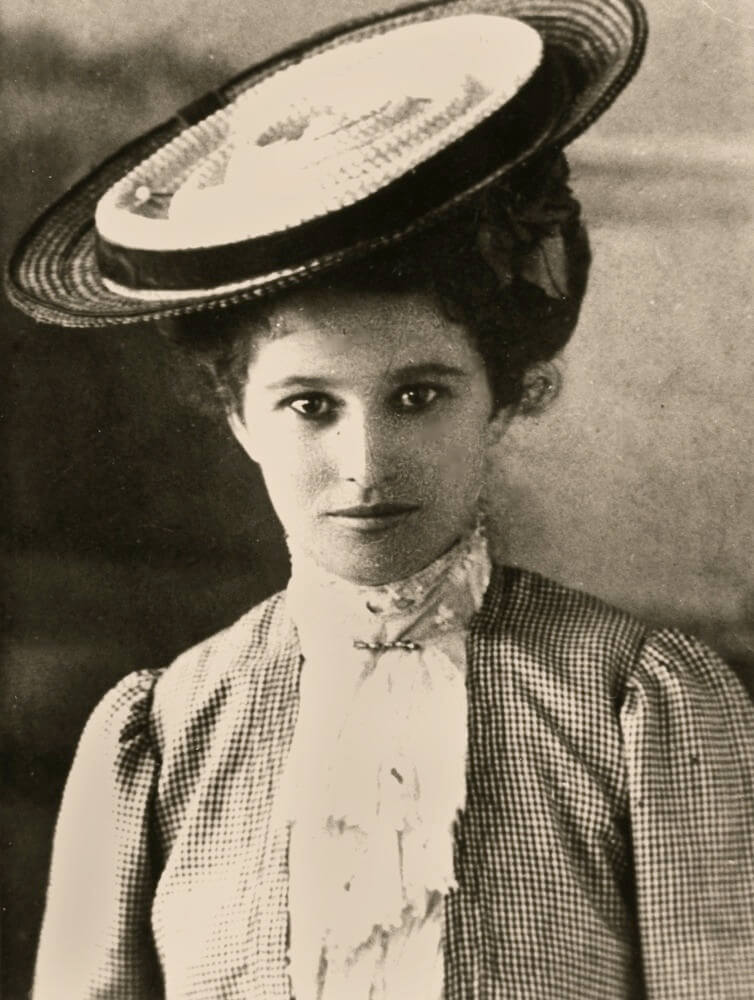
A cartwheel hat has a wide-brimmed circular or saucer-shaped design. Typically, it is worn at an angle to show off the curve of the brim, rather than at the back of the head.
This type of hat was often used in the late 1940s and early 1950s as an accessory to Dior’s New Look, as it provided visual balance to the wide skirts. In the 1950s cartwheels were used in the evening as cocktail hats and lavishly trimmed with feathers and flowers.
1950 – fedora
A fedora has a soft brim and indented crown. It is typically creased lengthwise down the crown and pinched near the front on both sides.
After years of use, the fedora became associated with ’50s icons such as Frank Sinatra and Humphrey Bogart.
Fedoras can be made of wool, cashmere, rabbit or beaver felt. These felts can also be blended to each other with mink or chinchilla. They can also be made of straw, cotton, waxed or oiled cotton, hemp, linen or leather.
1960 – pillbox hat
Jackie Kennedy made the pillbox hat one of the most iconic hats of all time, as she was wearing one when her husband, President John F. Kennedy, was assassinated.
The name originates from the hat’s resemblance to pill containers, with its straight sides, flat top, and no brim.
1970 – floppy hat
Actor Brigitte Bardot was known for her signature floppy hats. Before this, hats were generally rigid and on the smaller side.
This hat trend perfectly encapsulates the ’70s, which is also famous for other free-flowing, flexible pieces of clothing including bell bottoms and bell sleeves.
Read: History of winter hats
1980 – bucket hat
The bucket hat or fishing hat is said to have been introduced around 1900. Originally made from wool felt or tweed cloth, these hats were traditionally worn by Irish farmers and fisherfolk for rain protection, because the lanolin from the unwashed (raw) wool made them waterproof.
The hat became popular with rappers in the 1980s and remained part of street fashion into the 1990s. More recently, it has re-emerged as a fashion catwalk item.
1990 – classic looks
At racing events such as the Melbourne Cup, hats took on a more classic look with traditional shapes and enlarged brims. Flowers began to adorn the tops of hats to add further flair.
2000 – feathered fascinators
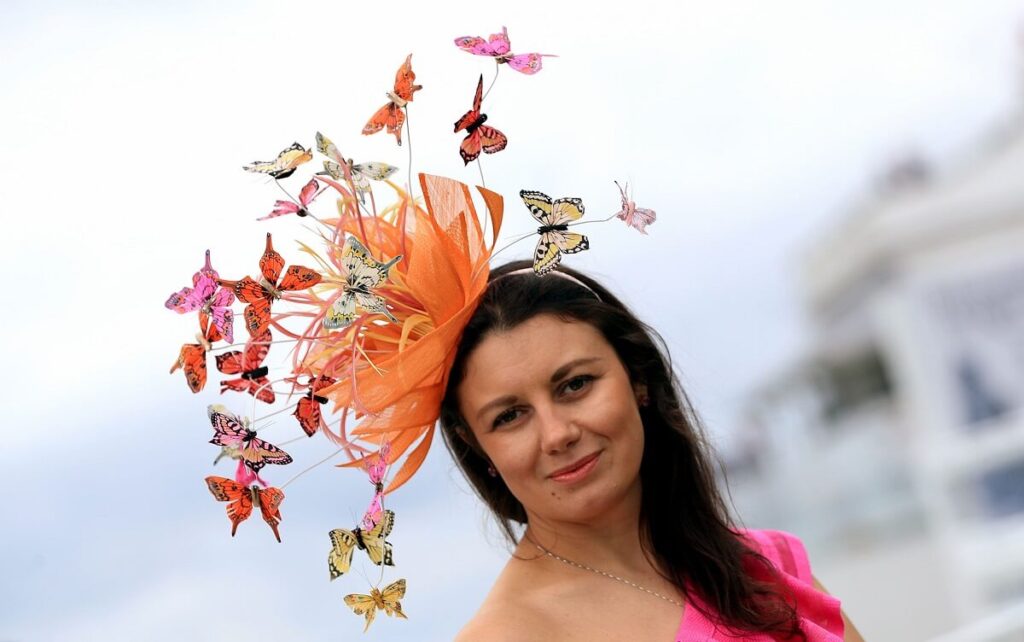
Celebrities really started to take an interest in the Melbourne Cup around this time and the headwear fashion shifted from hats to flouncy fascinators.
Suddenly hats were passe and every woman wanted to wear a more conceptual adornment. Contoured bows and ribbons on thick satin headbands were all the rage, as were feminine feathered creations.
Read: Face the reality of hats
2010 – chic headbands
Unlike other racing events such as Royal Ascot, where women are required to wear a hat with a base of at least 10cm in diameter, the Melbourne Cup does not have strict rules for headwear, enabling women to embrace minimalistic trends or even go without.
Flower crowns and chic headbands with minimal height started to appear around this time.
Present – anything goes
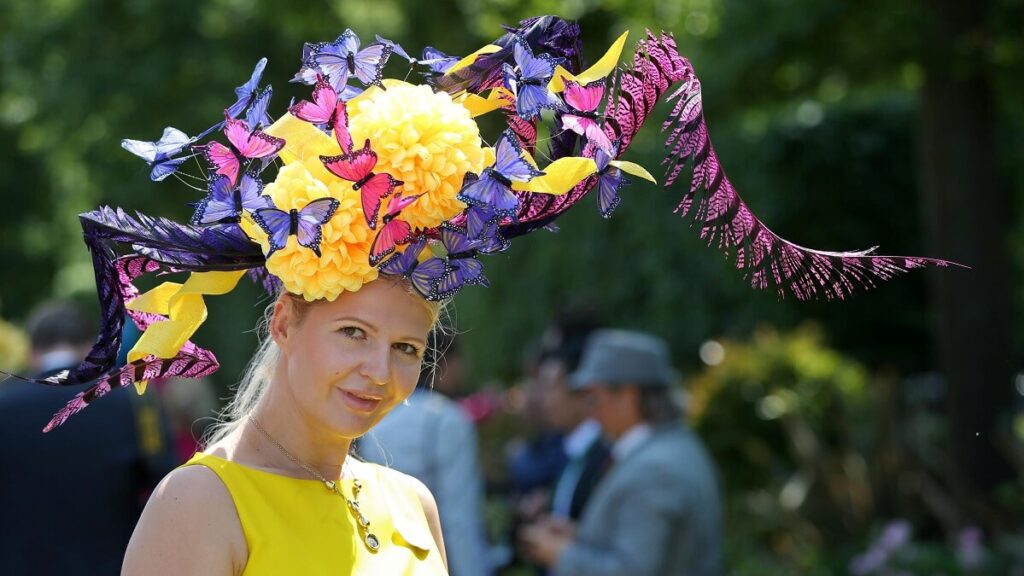
The most famous fashion accessory at the Melbourne Cup is a stylish hat. This includes statement fascinators and extravagant headpieces to go with an outfit on the day.
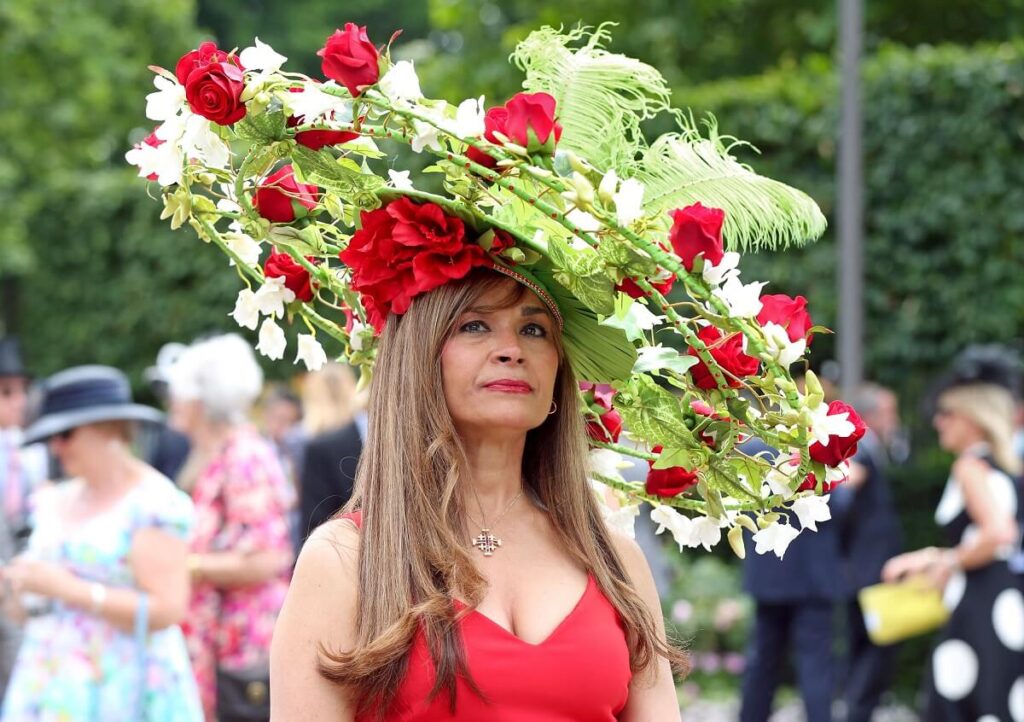
Which style is your favourite? Do you have a hat you wear for special occasions? Let us know in the comments section below.

